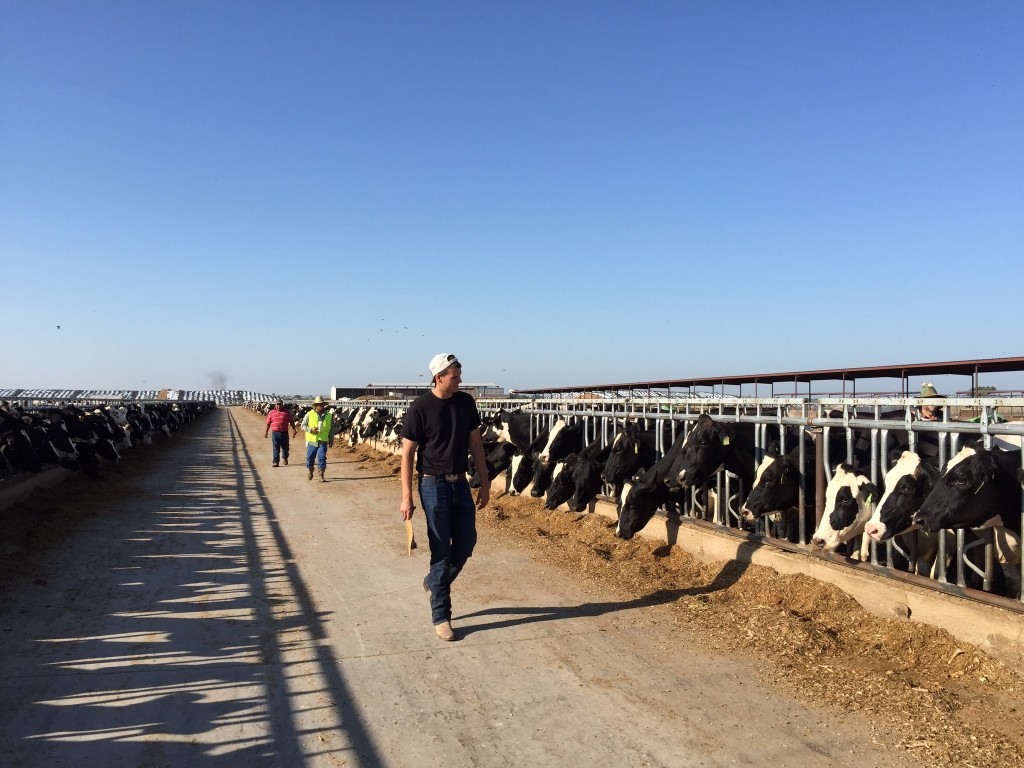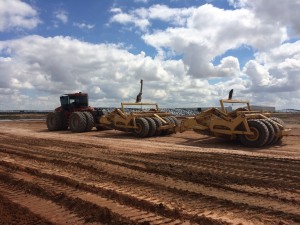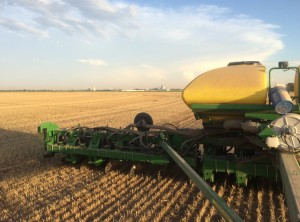This summer has certainly flown by! I cannot believe that my experience in Texas has come to an end and it is again time for classes at Cornell! I lookback on my experience and I cannot believe what I have learned! I have been exposed to many aspects of dairy farming on a large scale! From the operation of large equipment, to assisting during vet check; Introducing new technology on the farm to repairing broken irrigation equipment in the field. I feel that I have truly gained an adequate understanding for large-scale dairy operations and certainly a greater interest.
After the completion of my intern project I have found that there were 107 crop circles feed by 219 wells! This attests not only to the scale of the farm but also for their need for adequate irrigation. It is well known that water availability is arguably the most import resource in agriculture. However it has taken a drought half a decade long for much of the nation to realize the true scarcity of this essential component of life. My summer experience has open me to a new perspective on what agriculture might look like 30 years from now, and I ask myself… water we doing?














